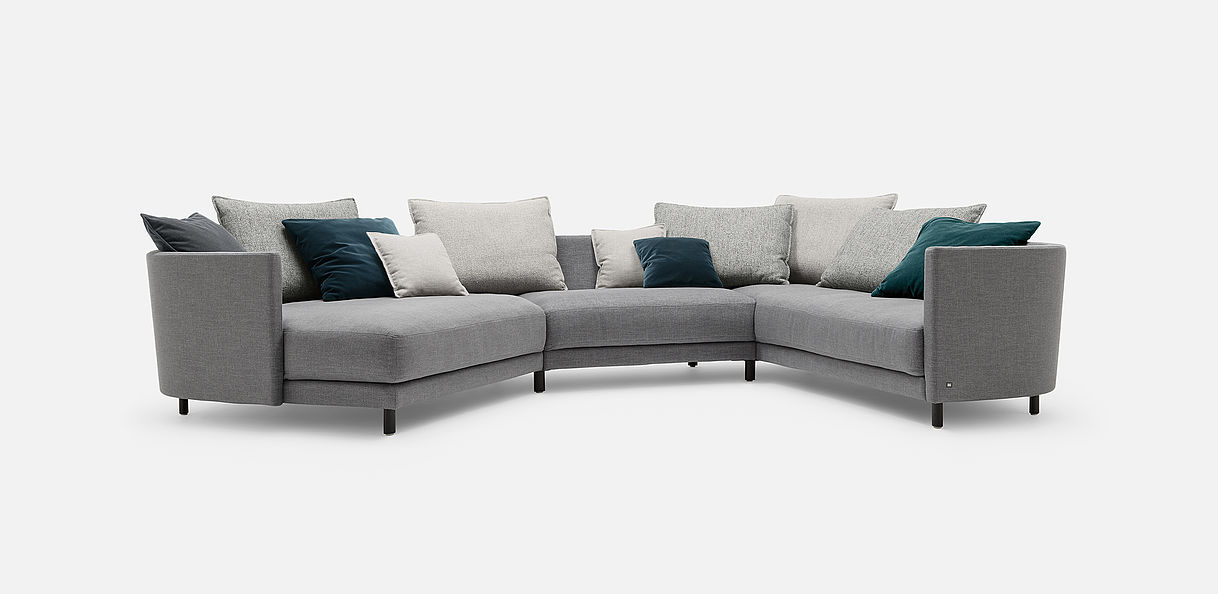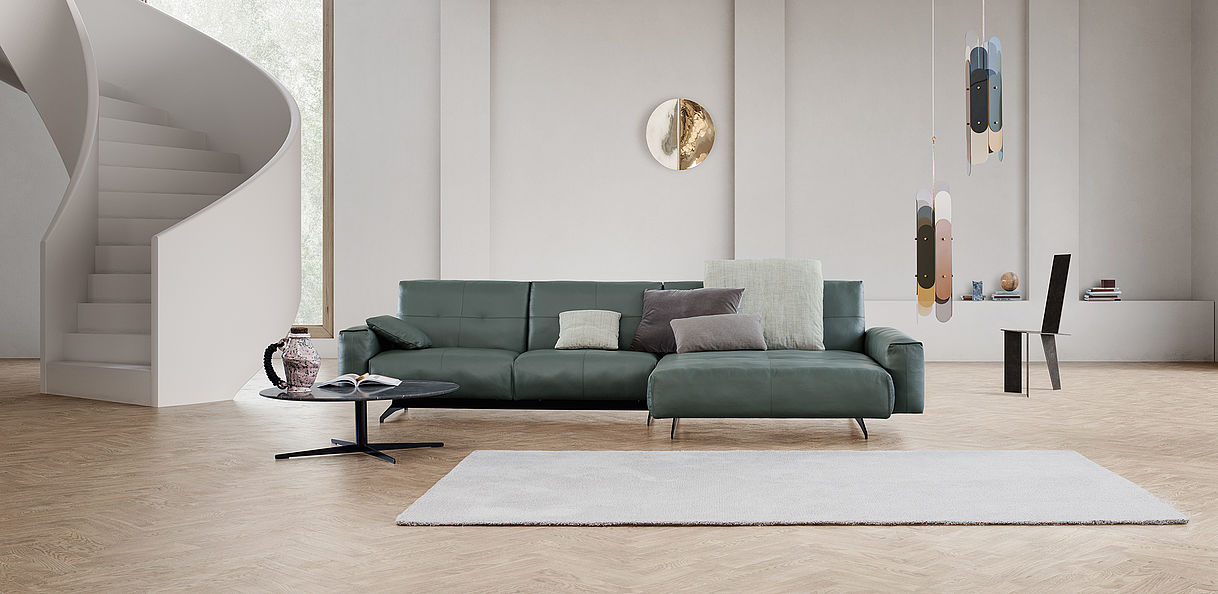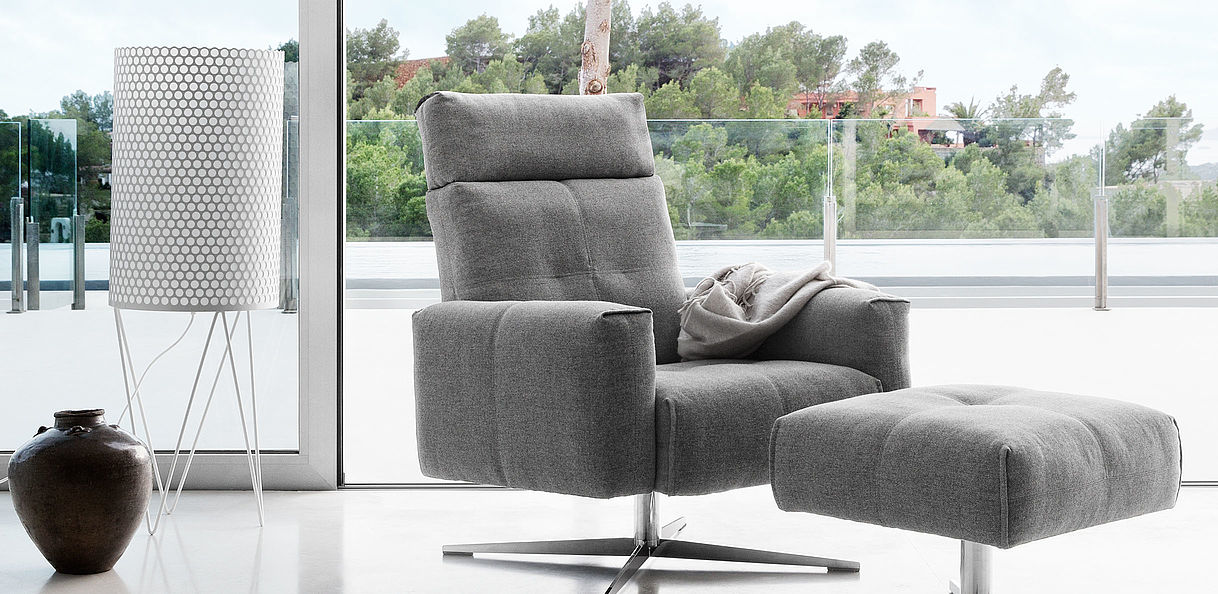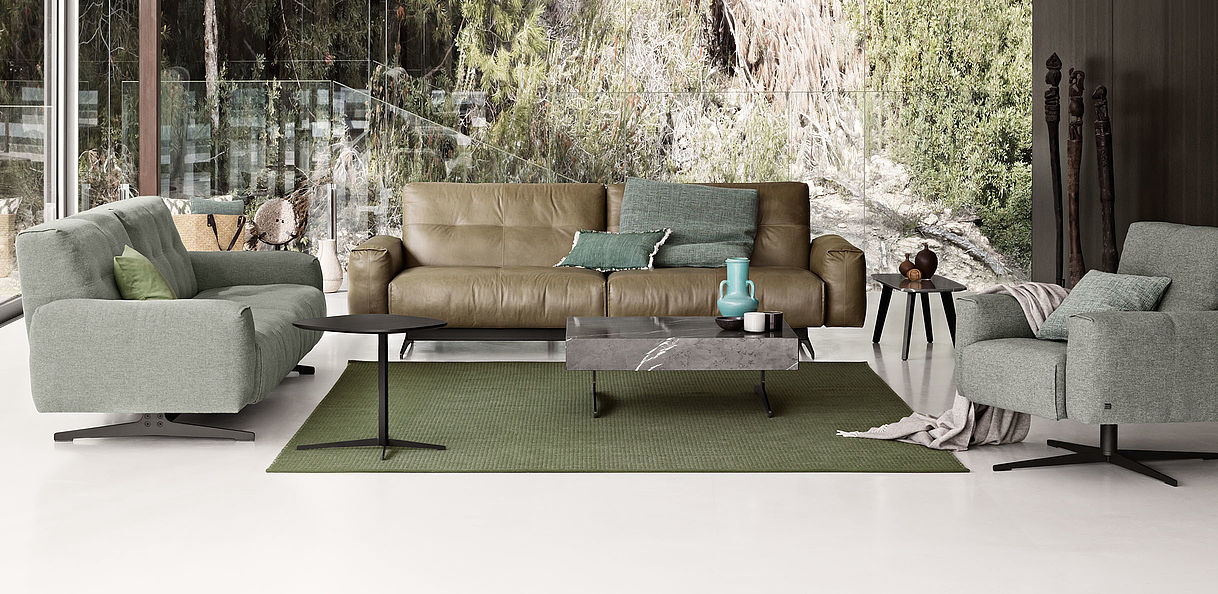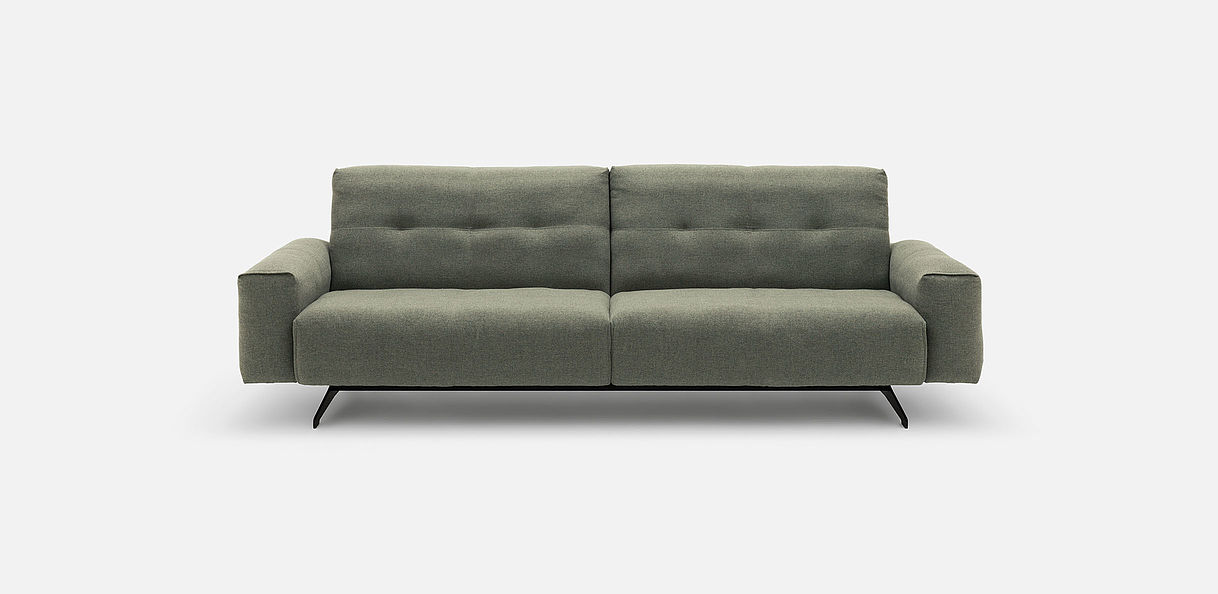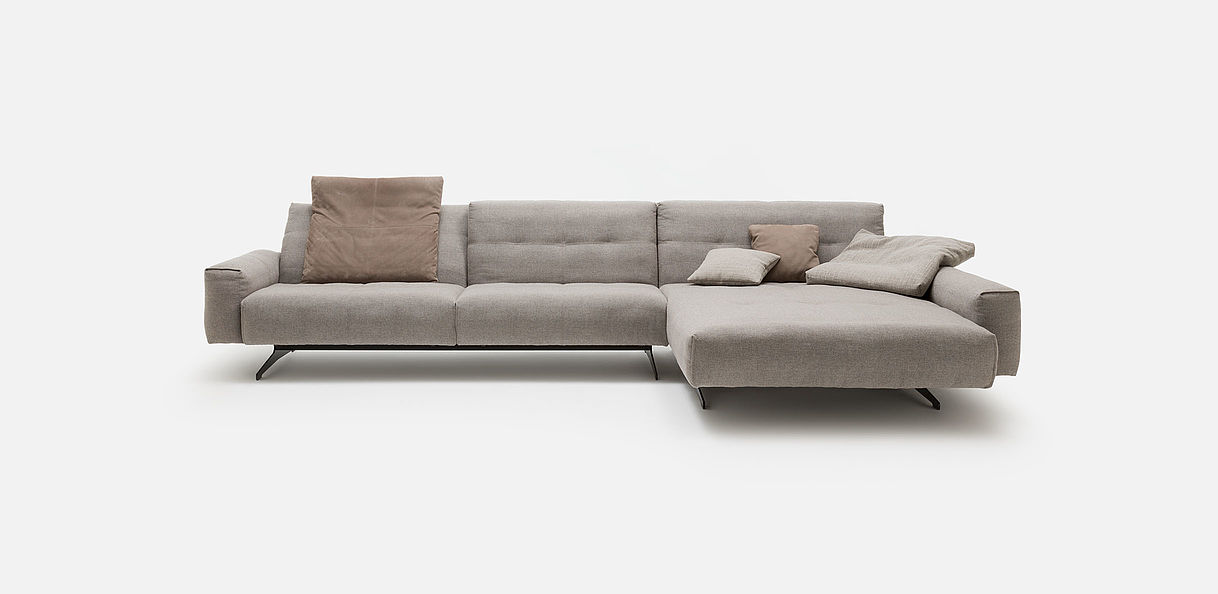DESIGNERS’ SATURDAY
Creative Summit Meeting
Welcome to the design metropolis of Langenthal! Every two years, this community of 15,000 inhabitants in the Swiss canton of Bern is transformed into a creative hotspot for forward-thinking product design and a meeting place for the international design industry over a weekend in November. The time finally came on 5 and 6 November 2016. The 16th Designers’ Saturday summoned designers to a meeting and over 15,000 design-savvy visitors came, saw and experienced some exceptional presentations by 70 renowned exhibitors.
The Designers’ Saturday was launched in 1987 by leading Swiss design companies and is different from other exhibitions, as reflected by its exhibition concept. The showground is not the sterile setting of a multi-functional exhibition centre but rather the authentic production environment of the local design industry. The exhibition is held at locations where well-made everyday designs are created, day by day. Such as the production hall of wood manufacturer Hector Egger, one of the six exhibition locations in Langenthal. Rolf Benz celebrated its premiere at the 16th Designers’ Saturday here with a notable brand presence.
The labyrinth of Langenthal
The focal point of the presentation of this premium manufacturer from the Black Forest was the theme of the ‘labyrinth’. Visitors to the exhibition were offered a varied voyage of discovery through a 50m2 large wooden box. The labyrinth-like route (cul-de-sacs included!) led through various different colour zones, drawings, reflections, lettering and discovery corners featuring visionary items of furniture from Rolf Benz. The exhibits were masterful reinterpretations of solid wood pieces and connected with the exhibition site. These included the 580 armchair and 944 bench, both inspired by origami as well as the 965 solid wood dining table which surprises with its unexpectedly light design. At the centre of the labyrinth, the so-called ‘Green Zone’, visitors could take a breather on the bench, soak up their surroundings and take a souvenir selfie with the photo box.
The products from the Rolf Benz collection presented at the Designers’ Saturday came from the Munich design studio ‘formstelle’ which is characterised by its established carpentry expertise and which never ceases to create a stir in the industry when paired with the craftsmanship and upholstery expertise of the Rolf Benz brand. “As an exhibitor at the Designers’ Saturday, we were able to show visitors that we do not ‘just’ create top quality sofas but also produce furnishing designs of the highest calibre. In Langenthal we deliberately presented designs which extend far beyond the present with their forward-thinking look,” says Jürgen Mauß, Chairman of the Board at Rolf Benz AG.
Peace has now returned to Langenthal. This charming small town has returned to being a normal community in the Swiss Mittelland until the next Designers’ Saturday takes place in November 2018.
































